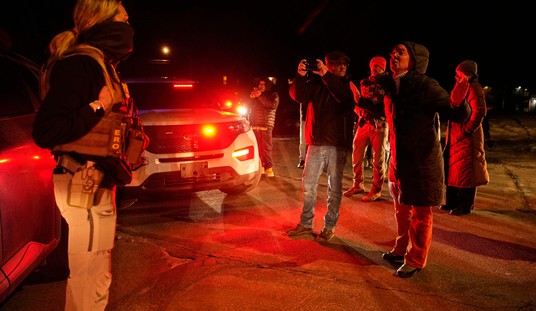Obama has less than one year to boost his ratings, and the latest housing bail-out plan is part of his campaign. But will it work in the long run? Let’s take a look.
HARP 2.0 (Home Affordable Refinance Program) launched this week with the hopes of helping at least 1 million underwater borrowers refinance into today’s low rates, even if they owe much more on their home than it’s currently worth.
While the rules are less stringent than the original not-so-effective HARP program, it still won’t save enough underwater homeowners from losing their homes.
Why?
1). It only applies to primary residences, not second homes or investment properties.
Recommended
2). It only applies to borrowers whose loans are held by Fannie Mae or Freddie Mac.
3). The loans must have been sold to Fannie or Freddie before April 1, 2009.
4). No late payments in the last 6 months, and only 1 late payment in the last year.
5). Adjustable rate or 40 year mortgages are limited to 105% LTV’s.
So who will it help?
1). LTV’s (loan to values) have been lifted for those with 15 or 30 year fixed mortgages. It used to cap at 125% of value, but now borrowers can refinance no matter how upside down they are (unless they have an ARM or 40 year mortgage).
2). Since the program has been extended until Dec. 31, 2013, those who have had late payments can get back on track and still be able to qualify.
3). The waiting period has been lifted for those who have had a recent bankruptcy or foreclosure.
It looks like the banks will also get help.
HARP 2.0. now waives the required lender representations and warrants — for both the loan that is being refinanced and the new loan that is being originated. This means that when lenders refinance loans through HARP 2.0, they are free of any legal obligations to the old or the new loan. (Borrowers, make sure you read the fine print!)
So let’s get this straight. Fannie and Freddie are backing a bunch of upside-down mortgages. They figure if they can get banks to lower the payments, the risk of default lessens. They encourage the banks to go along with the plan by letting them walk away from potential liabilities on those loans.
So, as long as the government is giving out freebies, won’t the borrower want to walk away from some of that liability as well?
Less than 1 million out of an expected 4-5 million homeowners successfully refinanced through the original HARP program. Will the 2.0 version fare any better? I don’t think so and here’s why:
Of the few who actually qualify, how many will choose a lower payment on an upside down mortgage over simply walking away from the debt all together? Remember, Fannie Mae and Freddie Mac will allow those same borrowers to qualify for a new mortgage in three years.
The government makes it pretty easy to walk away from responsibilities in the U.S. - both for banks and borrowers. In some countries, like Australia, you are expected to pay back what you borrowed and banks are expected to act responsibly.
Bottomline: more government intervention creates less personal responsibility.
Who gets stuck with the bag? The responsible, of course. After all, Fannie Mae and Freddie Mac are supported by the tax payer. It’s the taxpayer who once again gets to bail out the banks and borrowers when government-backed loans go bad.
Kathy Fettke is CEO of www.RealWealthNetwork.com, an organization dedicated to teaching home buyers and real estate investors how to own property responsibly - including how to predict market cycles, buy right, avoid law suits and build wealth with less speculation.


